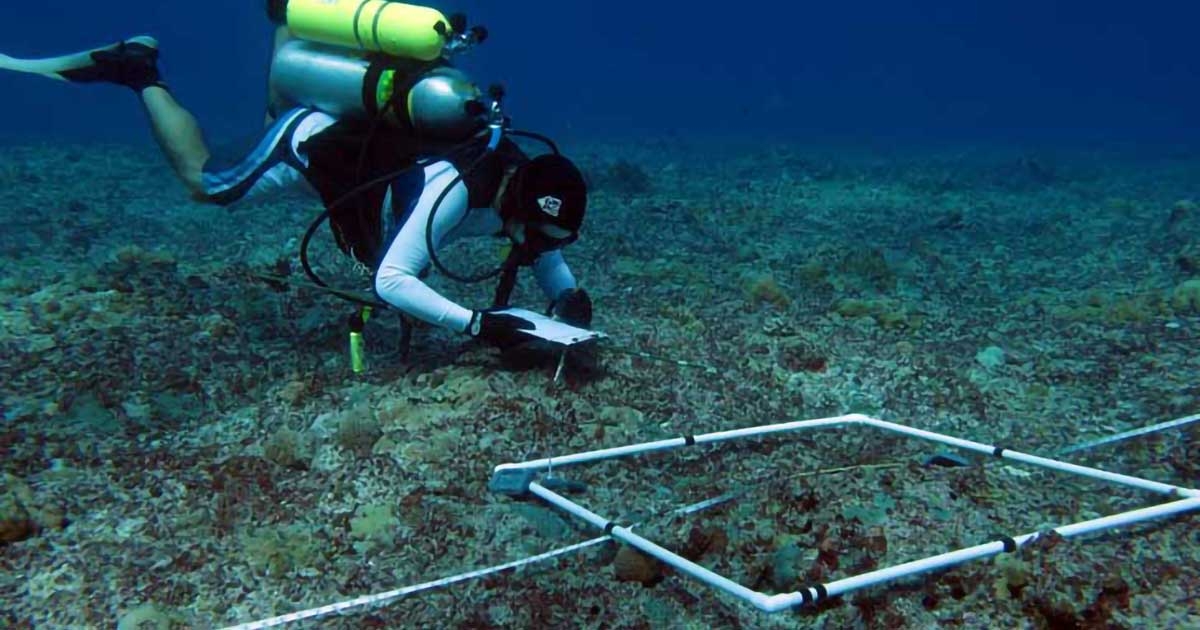This marine resource assessment consisted of a series of extensive diver surveys over a two year period to collect data regarding marine resources within and adjacent to Apra Harbor, Guam. Data were used to assess the potential impacts of a proposed dredging project on marine resources and were to be evaluated for input into a Compensatory Mitigation Plan for Clean Water Act Section 404 and Rivers and Harbors Act permits. CSA conducted the following surveys:
- Collection of data to characterize the existing coral reef community within the footprint and buffer zones of potential nuclear carrier (CVN) alternative berthing locations within the harbor. Survey dives were conducted at over 100 locations at depths ranging from 4 ft to 92 ft to gather data for the characterization of the coral reef community. The surveys were conducted in accordance with National Marine Fisheries Service (NMFS)-approved coral reef survey protocols using the in situ quadrat method.
- Collection and processing of soft bottom samples at 55 sites to characterize existing marine benthic infaunal communities. Infaunal organisms present in individual sediment samples were identified to the lowest practical identification level.
- Characterization of fish and turtle abundance and diversity in areas of Apra Harbor. Divers identified all reef fish within 5 m of the transect line to the lowest possible taxonomic level during two rounds of in-water surveys at 34 sites.
- Reconnaissance of 10 potential mitigation sites throughout Apra Harbor using the data collection methods employed during the initial coral reef community surveys. The survey was designed to provide information on the relative condition of the resources surveyed and suitability for recovery/enhancement actions.
- Laboratory-based dose-response experiment testing the impact of turbidity and sediment deposition on four species of stony corals native to Apra Harbor. Following an acclimation period, the four species—Pavona cactus, Porites cylindrica, Porites lutea, and Porites rus—were subjected to various concentrations of fine and/or coarse sediments daily for a 4-week period. Coral specimens were randomly removed from the experimental aquaria at weekly intervals and preserved. Tissue processing and analysis used histopathological methods and light microscopy.
CSA's duties included providing CSA staff marine biologists along with selecting, organizing, and supervising additional marine biologist/scientific divers to assist in conducting the surveys. Divers were required to be proficient in identifying the following groups indigenous to the Northern Mariana Islands to the lowest taxonomic level: coral, algae, sessile and mobile macro invertebrates, fishes, and turtles. Major deliverables included a Work Execution Plan, a Dive Operations Plan, and draft and final data reports, including characterization data and statistical analysis, for each task.


